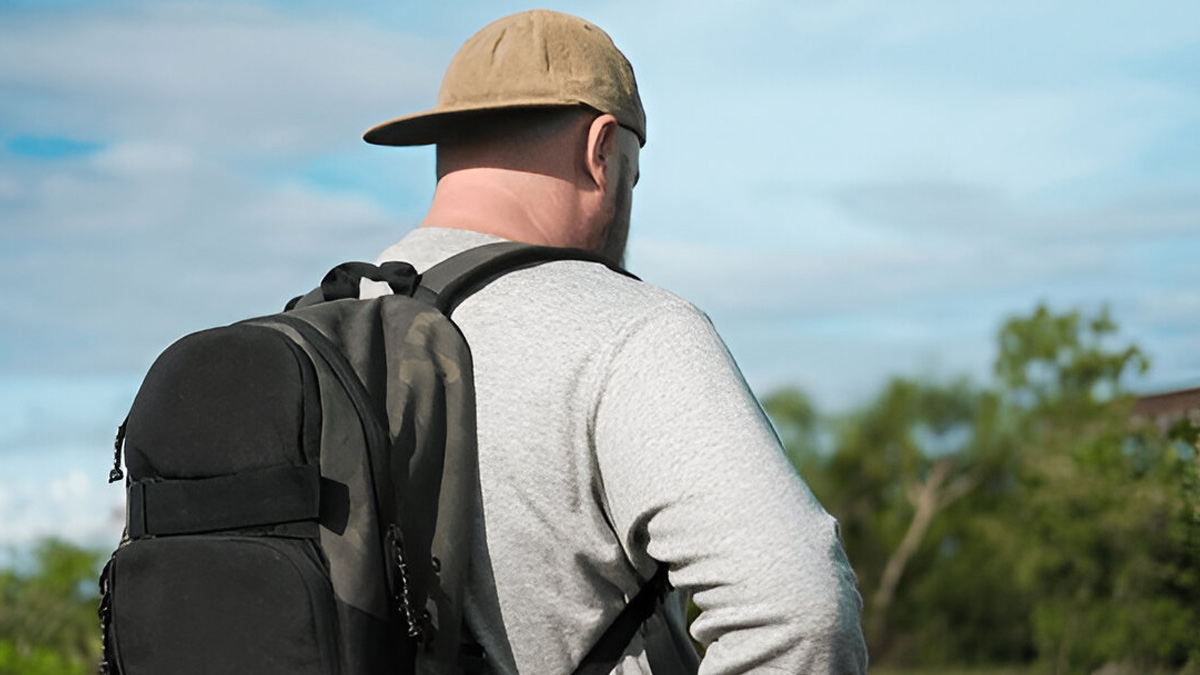
If you’ve been looking for a workout that’s simple yet highly effective, you may have come across the term rucking. At first, it might just look like normal walking with a backpack, but it’s more than that. Rucking offers the benefits of strength training and cardio in one easy and low-impact activity. But while it offers numerous benefits, it’s not suitable for everyone.
Table of Content:-
Here's all you need to know about what rucking really is, how it differs from a regular walk, and who should think twice before trying it.
Also Read: 100 Minutes of Walking a Day May Cut Chronic Back Pain Risks? Expert Reacts To The Study
What Is Rucking?

Rucking is a form of exercise that involves walking with a weighted backpack, also called a ruck. The term originated in the military, where soldiers would train by marching long distances carrying their gear.
Today, it has become a popular fitness trend for common people who want to build strength and endurance without hitting the gym.
The weight of the backpack can vary depending on your fitness level. This can range anywhere between 4.5 and 13.6 kilograms (or 10 and 30 pounds). You can use a special rucksack with built-in weights or just fill a sturdy backpack with books, sandbags, or weight plates.
How Is Rucking Different From A Normal Walk?

Rucking is just walking, but with added resistance brought in by the backpack. Here’s how the two differ:
Increased intensity: The added weight of the backpack makes your muscles work harder, especially your legs, core, shoulders, and back. This turns a simple walk into a full-body workout.
Higher calorie burn: Unlike walking, which also helps burn some amount of calories, rucking helps shed more calories with the same distance of walking. The more weight you carry, the greater the burn. But ensure that the weight is within safe limits.
Strength building: Regular walking is great for cardiovascular health, but it doesn't do much for muscle strength. Rucking, on the other hand, helps build lean muscle and bone density due to the extra load.
Better posture training: Because of the backpack, your posture matters. Rucking encourages you to walk upright and engage your core, which over time can lead to improved posture.
Also Read: The 12-3-30 Workout: Is This Viral Treadmill Trick Really Worth The Hype?
Benefits Of Rucking
Walking and rucking – both have their own set of benefits. However, when it comes to rucking specifically, some of the benefits are:
- Low-impact activity that is gentle on your joints
- Reduced stress and improved mental clarity
- Easy to adapt to, as weights and distance can be adjusted based on your fitness level.
Who Should Avoid Rucking?

While rucking can be a wonderful way to level up your fitness, it’s not for everyone. Certain people should be cautious or avoid it altogether:
- People with lower back pain or knee issues
- Beginners or people new to exercising: start with regular walks and build basic endurance first.
- Those recovering from an injury or surgery, especially involving the spine or joints
- Pregnant women
Conclusion
Rucking is a simple yet effective workout that combines cardio, strength, and endurance training. For many, it offers a refreshing break from the treadmill or gym. However, it’s important to know your limits and listen to your body. Start slow, wear good shoes, keep your core engaged, and increase the weight only as your strength improves. If done right, rucking can be a long-term, sustainable addition to your fitness routine.
Also watch this video
How we keep this article up to date:
We work with experts and keep a close eye on the latest in health and wellness. Whenever there is a new research or helpful information, we update our articles with accurate and useful advice.
Current Version